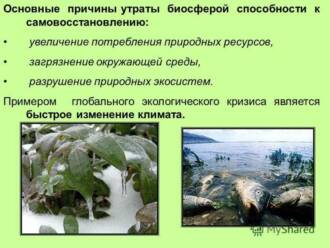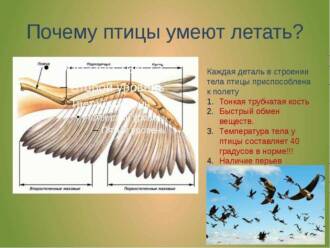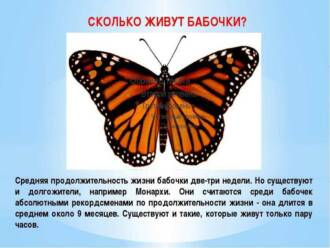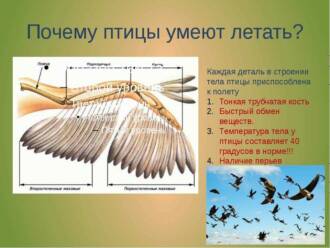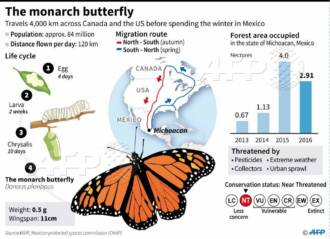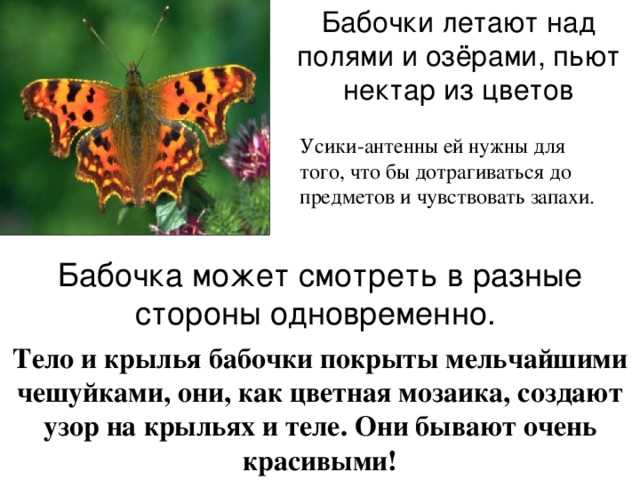
Butterflies are colorful and delicate creatures that attract attention with their light and graceful flight. However, few people think about when these beautiful insects appear and why they are able to soar into the air so easily.
The main factor influencing the appearance of butterflies is the season. In different regions of the globe, butterflies appear at different times of the year. In most cases, this happens during the warm season, when the temperature rises and becomes comfortable for the development and emergence of butterflies.
Another important factor is the availability of food. Butterflies go through several stages of development during their lives: from egg to caterpillar, then to chrysalis and finally to imago - an adult butterfly. At each of these stages, they need a certain type of food. Therefore, for butterflies to emerge, there must be enough plants on which they can feed.
In addition, butterflies also depend on weather conditions. For example, too cold or too hot weather can slow or stop their development. Also, precipitation and air humidity can affect the ability of butterflies to fly.
Butterfly flight: the main factors
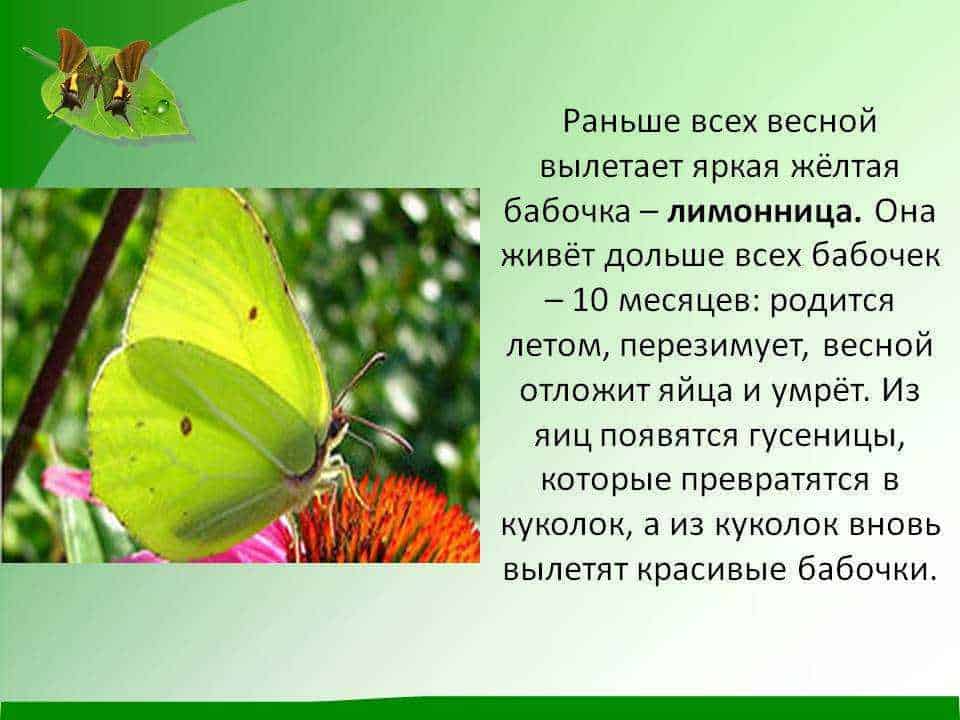
The time of year when butterflies appear

The flight of butterflies depends on several major factors, including the time of year. Most butterflies actively fly in the warm season, when the air temperature rises. The summer period, especially the summer months, is considered the most favorable for the flight of butterflies.
In the spring, as the weather warms up and plants grow, butterflies begin to emerge from the chrysalis and fly around actively in search of food and a partner for reproduction. The summer months of June, July and August are the peak period for butterfly activity. At this time, they can be seen everywhere, especially in areas with rich vegetation.
In autumn, with the onset of cool weather and a decrease in temperature, the activity of butterflies gradually decreases. They begin to prepare for wintering and look for suitable places for it. Wintering is a period of rest for butterflies, when they are in a dormant state in order to survive the cold months.
Season and temperature
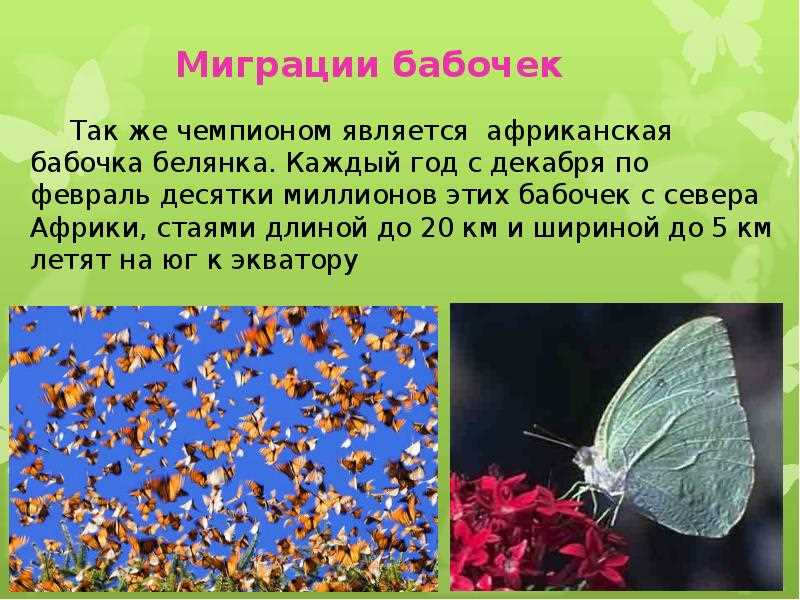
Season and temperature play an important role in the life of butterflies. Depending on climatic conditions, butterflies may appear at different times of the year.
In the spring, when nature comes to life after winter, butterflies begin to actively fly out of their pupae. Warm sunny time promotes the growth of plants, which are food for butterflies. Therefore, the spring months are considered the most favorable time for the appearance of butterflies.
In summer, when the air temperature reaches its maximum, butterflies actively fly and breed. Warm and sunny days provide them with enough energy to fly and forage. At this time of the year, you can observe a variety of butterfly species that arrive from different regions.
In autumn, with the onset of cool weather, most butterflies complete their life cycle and prepare for wintering. However, some species of butterflies, such as monarchs, make long migrations to warmer places where they can continue to exist.
Thus, at what time of the year butterflies appear depends on many factors, including temperature, food availability, and their life strategies.
Light conditions

Light conditions play an important role in the life of butterflies and determine when they emerge. Butterflies are activated during warm and clear times of the day, when the sun shines brightly on the ground. The sun is a source of energy for butterflies, so they prefer to fly during daylight hours.
In addition to bright sunlight, butterflies also respond to changes in lighting. For example, they can perceive different levels of light intensity, which helps them navigate and find food. Butterflies can also use light to communicate and find a breeding partner.
However, light conditions can vary from season to season and from place to place. In some regions, butterflies may appear early in the morning to escape the heat of the daytime hours. Elsewhere, butterflies prefer to be active in the evening or at night when the sun has already set and temperatures are more comfortable.
Eating habits and food availability

When butterflies emerge, their feeding habits and food availability play an important role in their activity and survival. Butterflies are mainly herbivorous insects and feed on various plants such as nectar, leaves, fruits or flowers.
Some species of butterflies have a preference for certain plants and can be very selective in their food choices. For example, some butterflies may only feed on certain kinds of flowers or leaves. This is because they have developed a specialization in eating habits that helps them obtain the necessary nutrients and protection from predators.
The availability of food also affects the activity of butterflies. When butterflies emerge, they may be more active during times when food is most available. For example, some species of butterflies may be active at certain times of the year when certain plants are in flower or fruit. This is due to the fact that during these periods butterflies have more opportunities for feeding and reproduction.
It is also worth noting that some types of butterflies can be migratory and move in search of food. They can travel considerable distances to reach areas with a richer and more affordable food source. This allows them to survive and reproduce in different environments where food may not be available during certain periods of time.
Reproduction and migration

Butterfly reproduction is a complex and amazing process that occurs at a specific time and place. When spring comes and it gets warmer, butterflies begin to actively reproduce. Females develop special organs for laying eggs, and males develop organs for fertilization. Females choose suitable plants for laying eggs, which will serve as food for future caterpillars.
After laying eggs, the females die and the eggs hatch into caterpillars. The caterpillars feed actively to gain enough energy for their development. As they grow, the caterpillars go through several stages of molting until they reach their final form, the pupa.
Butterfly migration is another interesting aspect of their life cycle. Some species of butterflies fly long distances in search of food and suitable conditions for reproduction. They can cover huge distances using their wings and the wind. When it is time to migrate, butterflies gather in large groups and set off. They follow specific routes to find places with abundant resources and a suitable climate. Butterfly migration is an amazing spectacle that attracts the attention of many people and researchers.
Physiological features

Butterflies are among the most amazing creatures of nature. Their beautiful wings and bright colors attract the attention of people all over the world. But the beauty of butterflies is not the only thing that makes them special. They also have unique physiological features that allow them to fly.
One of the main physiological features of butterflies is their ability to fly. Unlike many other insects, butterflies can fly even long distances and reach heights of up to several thousand meters. This is due to their special anatomical and physiological adaptations.
One of the key factors that determine the ability of butterflies to fly is their light and strong skeleton. Butterflies have a flexible outer shell made of chitin, which gives them strength and flexibility. Because of this, butterflies can easily move and maneuver in the air.
Another physiological feature of butterflies is their ability to feed and obtain energy for flight. Butterflies feed on the nectar of flowers, which contains sugars and other nutrients. These substances serve as a source of energy for butterflies and allow them to maintain activity and strength for flying.
What time of year do butterflies appear? Most species of butterflies appear in spring and summer when the weather is warm and the flowers begin to bloom. At this time of the year, butterflies are actively breeding and looking for food. However, there are also species of butterflies that appear at other times of the year, such as autumn. Each type of butterfly has its own development cycle and time frame for its appearance.
Environmental influence

When butterflies emerge, their behavior and ability to fly depends on a variety of factors, including the environment. The environment includes various aspects such as temperature, humidity, availability of food and plants.
Temperature is one of the key factors affecting the activity of butterflies. They prefer to fly in warm weather, so their appearance may be associated with the start of the spring or summer season when temperatures rise.
Humidity also plays an important role in the life of butterflies. High humidity promotes the development and survival of their larvae, and also provides the necessary level of moisture for the flight of adults.
Availability food and plants also affects the appearance of butterflies. Most species of butterflies are phytophages, that is, they feed on plants. Therefore, their appearance is often associated with the presence of certain plants on which they can feed and lay eggs.
Thus, the environment has a huge impact on the appearance and behavior of butterflies. Temperature, humidity, and the availability of food and plants are key determinants of their activity and ability to fly.

